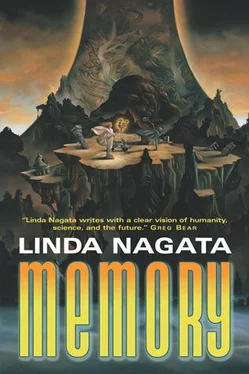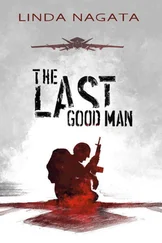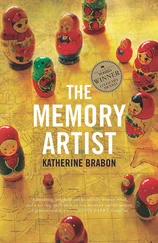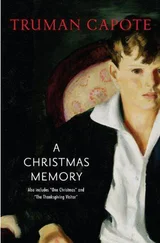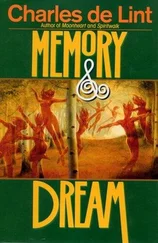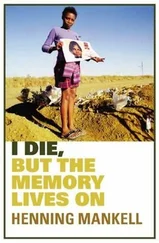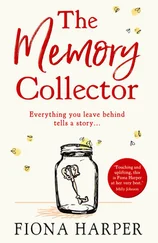“A minute,” I assured him. “No more.”
I crooked a finger at the device. The savant was a feather-light aerostat, held up by the low pressure of air within its slender wing. Gel lenses at the wing tips gave it sight, and fine wires embedded in its paper-thin shell acted as antennas so it could link to the market. Its surface was mimic, so it could assume the blue color of the day sky and disappear from sight, or drop to ground level and act as a video window when I wished to visit the market at night. The intelligence within it was based on a scholar of ancient languages who had lived in an enclave called Pesmir that was abandoned six hundred years ago when the silver began to encroach upon its borders.
Under my direction the savant surveyed the folly, recording both the carvings and the gateway from every side while Liam made jokes about what the symbols might mean. “This column here,” he said, pointing to stacked symbols on the inside of the gateway, “means ‘give us a kiss and you can go past.’”
“Give us a bite, more likely,” Kedato said. “The silver has left us a pretty gate, but it’s in the wrong place. If a trucker making the run to Huacho found himself stopped by this in the late afternoon, it could be his death gate.”
That was the hazard of travel: the silver changed things unpredictably. It could build a folly to block a narrow pass, or re-lay a road in a false direction, or leave a wilderness of towering stone where a road used to be. Truckers passed news of changes into the market—assuming the hilltop antennas were still standing, which wasn’t always true. Temple Huacho was cut off from the market several times every year when silver broke our chain of communication.
My father had selected his kobolds. They were a model of lithophores, stone eaters. Tiny as termites, they worked in much the same way. He emptied a vial of the little mechanics along both sides of the gateway. Their gray bodies crawled off in random directions until one stumbled into the stone. It must have emitted a signal, because all the others instantly turned and joined it. They set to work, chewing passages into the lapis rock, so that after a few seconds all that could be seen of them was a fine stream of dust dribbling out of a hundred tiny holes.
We sat on the ground beyond the gate and had a light lunch and waited.
From this ridge we could look ahead into the next valley. It was much like the one we had just left, carpeted in green shoulder-high grass, with broad-leafed trees owning the higher slopes. I watched a herd of antelope foraging on the western side; only the sharp points of their long horns were visible above the grass.
“It must have been a major flood to reach this high,” Liam said.
I glanced back at the lapis gate, then up at the hilltops and saw what he meant. Silver flowed downhill, which meant that both valleys must have been flooded to several hundred feet before the tide could drown this pass. Only the peaks of the rocks that framed the gate could have remained above it… unless the flood had started here on the ridge?
Kedato said, “It was a flood like this that took Jolly.”
I glanced at my scar, and frowned.
My father spoke again, in a voice soft and thoughtful, while I watched the antelope leave the grass to disappear one by one into the forest. “In all my traveling, I’ve never seen a land as turbulent as these hills. They say it’s worse in the high mountains or in the basin of the Iraliad, but no one wants to live in those places. This”—his hand swept in a gesture that took in the valley before us—“it’s a beautiful land, but never at rest. Never safe.”
This was the silver as a creative force, one that reworked the shape of the land, creating new landforms and bringing veins of pure metals and semiprecious building stone writhing into existence.
More fascinating to me was the silver as memory, the dreaming goddess who remembered the past, trading it sometimes for the present, so that an ancient, undisturbed forest might stand for centuries on a high mesa, until some great silver flood washed it away, rearing a ruined enclave in its place—one that had disappeared into the silver thousands of years before, or so we told ourselves.
But even when the silver brought forward objects from the past, it did not rebuild them exactly as they must have been.
The folly that blocked our road might truly have been made of lapis lazuli in its first life, but I have seen newly laid roads of jade running for miles from nowhere to nowhere. I have seen walls of sulphur and statues of salt, or quartz-lined pools in wilderness vales, connected to no other structure.
The silver returned ancient texts too, but most often as fossilized lettered stone in which the writing was compressed, and illegible. Only in rare specimens could fragments be read—though I was always happy to try my skill. Languages came easily to me. They were my talent. Not that I was quick to figure them out. It was just that I already knew them, and only had to struggle to recover the memory, no doubt carried forward from my past lives.
As I sat on that ridge, with the sun climbing toward noon and a soft breeze whispering in the grass below us, I tried to imagine what it would be like to live in a quieter time, when silver came rarely and then only in shallow tides that rejuvenated the lowland soil but did little more. What would it be like to be alive in a time when things did not change? When there was no danger, no threat of anything new? I could not imagine it. In the Kavasphir Hills the past was always erupting, while at the same time everything was kept fresh and new by the silver’s flood. When I thought about what had happened to Jolly I hated the silver, but I could not envision a world without it.
We waited an hour, then we climbed back into the truck. The lapis gateway looked the same, but it was not. My father ordered the truck forward. “Brace yourselves,” he said. I grabbed the dash. Liam held on to the door. The wide front bumper struck the two pillars and the truck shuddered. Kedato ordered it to reverse. As we wheeled backward the pillars crumbled, launching a dense cloud of blue dust into the air as they collapsed in twin heaps of rotten stone. We put the windows up as Kedato drove the truck forward again, the fat tires climbing easily over debris that collapsed like chalk under our weight. The kobolds we had released would continue to process the rock to powder, so there would be no barrier to block the next convoy that came this way.
* * *
North of the Kavasphir Hills the land rose gradually through a country of dense brush bright with purple flowers and swarms of bees that kept pinging against the truck’s windshield as we followed a grassy track toward the highway. Copses of small-leaved trees grew in the gullies, their highest branches barely rising above the general grade of the land so that it looked as if they were hunkering down against an expected storm. The wind could blow fiercely off the Jowádela Plateau, but that day the air was hot and still. It was an ancient, weather-worn land, less subject to silver storms than either the plateau or the Kavasphir Hills—which was why it hosted the highway between Halibury and Xahiclan.
We reached the highway—a ribbon of textured white concrete just wide enough for two trucks to pass—near noon, and turned east, running at forty miles an hour on an easy grade. We slowed when a herd of pygmy horses bolted out of the brush and across the highway just in front of us, and again, when a jackal wandered onto the edge of the concrete, standing in the baking heat to watch us pass.
The jackal reminded me of Moki. Both dogs were the same size, though Moki, with his short back and red coat, was much handsomer. He’d become my dog since Jolly was taken, and I felt a pang of guilt for leaving him home, but ruins were often filled with hazards and I didn’t want him getting in trouble.
Читать дальше
